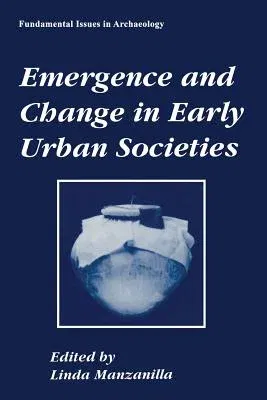Emergence and Change in Early Urban Societies (Softcover Reprint of the Original 1st 1997)Paperback - Softcover Reprint of the Original 1st 1997, 19 June 2013

Qty
1
Turbo
Ships in 2 - 3 days
In Stock
Free Delivery
Cash on Delivery
15 Days
Free Returns
Secure Checkout
Part of Series
Fundamental Issues in Archaeology
Print Length
302 pages
Language
English
Publisher
Springer
Date Published
19 Jun 2013
ISBN-10
1489918507
ISBN-13
9781489918505
Description
Product Details
Book Edition:
Softcover Reprint of the Original 1st 1997
Book Format:
Paperback
Country of Origin:
NL
Date Published:
19 June 2013
Dimensions:
22.86 x
15.24 x
1.7 cm
Genre:
Urban
ISBN-10:
1489918507
ISBN-13:
9781489918505
Language:
English
Location:
New York, NY
Pages:
302
Publisher:
Weight:
430.91 gm

